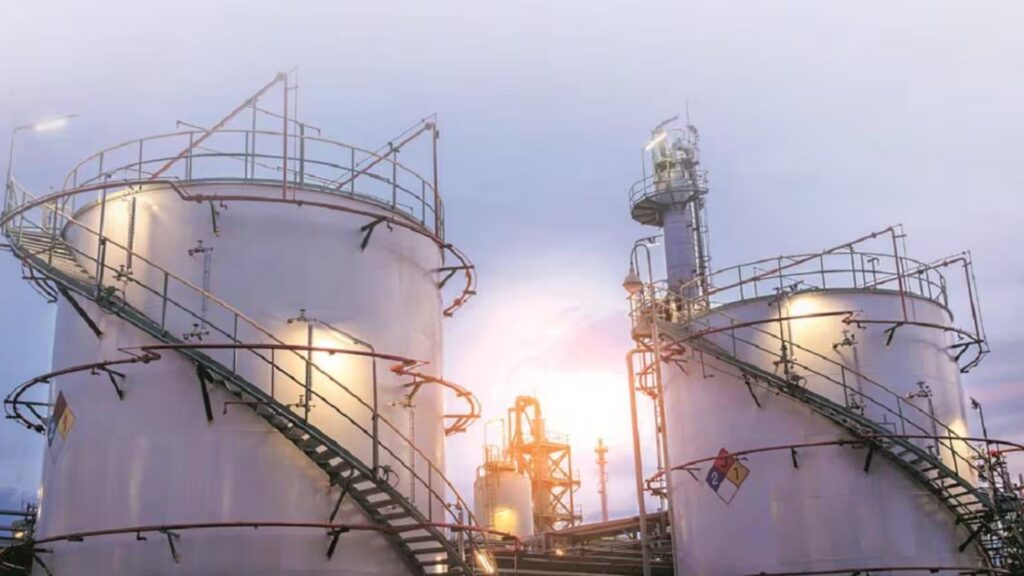India has adequate energy reserves to meet domestic demand for several weeks despite growing instability in key global oil supply regions, Union Minister for Petroleum and Natural Gas Hardeep Singh Puri said on Sunday.
Addressing concerns over potential supply disruptions, particularly from the Middle East, the minister emphasized that India’s oil and gas supplies remain stable, thanks to years of strategic diversification under the leadership of Prime Minister Narendra Modi.
“We have been closely monitoring the evolving geopolitical situation in the Middle East over the past two weeks,” Puri stated in a post on X (formerly Twitter). “A large volume of our energy imports no longer depend on the Strait of Hormuz, a major chokepoint now under threat.”
The Strait of Hormuz has emerged as a flashpoint in recent days, with Iran threatening to shut down the critical waterway following U.S. military strikes on its nuclear infrastructure. Roughly 2 million barrels per day (bpd) of India’s crude oil imports — out of a total 5.5 million bpd — transit through this strategic strait.
However, India has significantly reduced its reliance on this route by sourcing crude oil from a diverse range of suppliers, including Russia, the United States, Brazil, and West African nations. Russian oil, in particular, bypasses the Strait of Hormuz entirely, arriving via the Suez Canal, around the Cape of Good Hope, or across the Pacific.
While some of these alternative sources may come at a higher cost, they offer crucial supply security in volatile times. “Our oil marketing companies have inventories to last for several weeks and continue to receive supplies from multiple routes,” Puri reassured.
India’s energy security is especially vital given that the country imports over 85% of its crude oil and nearly half of its natural gas requirements. Around 40% of crude and 50% of gas imports originate in the Middle East.
Qatar remains India’s largest supplier of natural gas, used widely in fertilizer production, power generation, and household cooking, as well as for fueling vehicles through compressed natural gas (CNG).
Despite the heightened geopolitical tensions, global crude oil prices — though spiking sharply — remain lower than last year. Brent crude briefly surged over 10% to USD 77 a barrel following Israeli strikes on Iranian targets, marking the highest level since January. Still, prices are down more than 10% year-on-year and significantly below the USD 100-plus levels seen after Russia’s invasion of Ukraine in 2022.
India’s continued emphasis on energy supply diversification is expected to cushion the domestic market against further volatility. “We are committed to taking all necessary steps to ensure uninterrupted fuel availability for our citizens,” Puri added.

